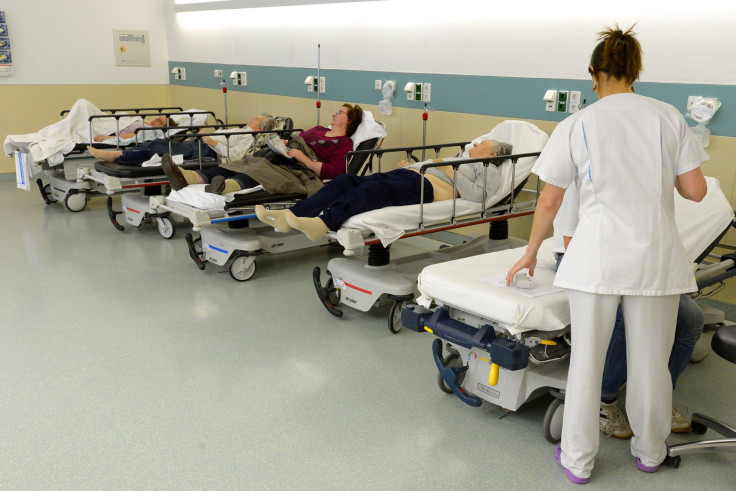COVID-19 Prevention: Experts Are Considering Indoor Ultraviolet Light to Zap Airborne Coronavirus

KEY POINTS
- UV light could zap out airborne pathogens
- This can help contain further spread of infections
- Scientists are considering UV-C light and Upper-room UV germicidal irradiation
Scientists hope a decades-old technology could play a vital role in containing the further spread of the infection, as society tries to rebound from the COVID-19 pandemic. They believe it can filter out airborne pathogens in public places including malls, restaurants, and schools.
“We have struggled in the past to see this highly effective, very safe technology fully implemented for airborne infections,” Dr. Edward A. Nardell, a professor of global health and social medicine at Harvard Medical School told the New York Times. “We’ve done the studies. We know it works.”
Fred Maxik, Former NASA scientist and chief scientific officer of Health has developed the first-ever human-safe Far-UVC technology to ward away the novel coronavirus.
FAR-UVC is a form of ultraviolet light which is short enough to prevent the harmful side effects like skin cancer and blindness. But it is also very effective that it can still penetrate and kill small pathogens including bacteria and viruses that are found on surfaces in the air.
This can be deployed in places where healthcare providers fall sick. The Far-UVC light could be made to radiate from doorways and decontaminate people’s hair, skin, and clothes when they enter a building.
“If nurses and doctors passed through a portal archway as they enter or leave a unit like intensive care, it would drastically reduce the chance they bring coronavirus or other germs in on their clothes, skin, or whatever they’re carrying. Importantly, it would also drastically reduce the chance they take any pathogens home with them at the end of the day,” Maxik told CNBC.
Upper-room ultraviolet germicidal irradiation
Portable ultraviolet light units have already been used to sterilize hospital room surfaces and cars, but can be used only when they aren’t occupied. But fixtures mounted on walls or ceilings can zap pathogens across an interior space.
The first upper-room ultraviolet fixture was installed around Philadelphia in the 1930s. Several schools that had them fitted in classrooms helped prevent the spread of contagious diseases including smallpox and mumps. Experts are very confident that these fixtures were safe and effective at warding off microorganisms. But installing commercially available fixtures could be too expensive.
“There’s no doubt that wavelength band will kill or inactivate micro-organisms,” the New York Times quoted Dr. Bahnfleth who recently presented a webinar on the topic.
© Copyright IBTimes 2025. All rights reserved.






















